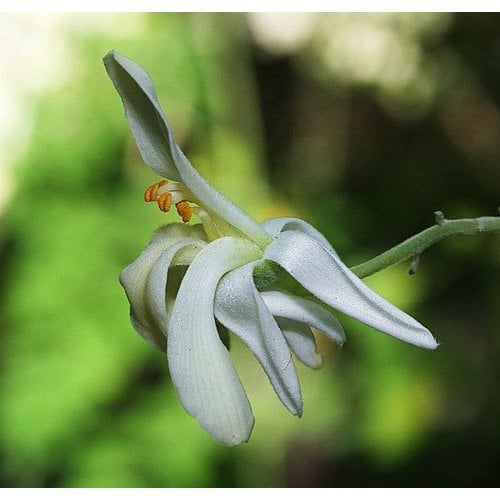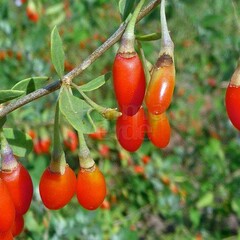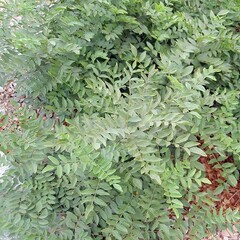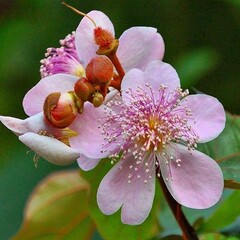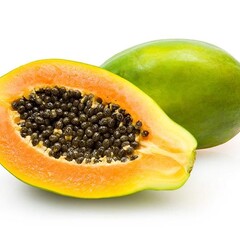Moringa oleifera or Miracle tree is one of the most nutritious plants in the world. This tree also contains many medicinal properties. Miracle tree owes her name to its high nutritional value.
Everything from the plant can be used, from root, bark to leaf and fruit.
This plant originates in North West India but is now widespread across countries with a subtropical to tropical climate.
In developing countries, the Moringa oleifera is planted a lot to combat malnutrition.
The tree grows with double-sprung green leaves and can be pruned to keep it at the desired height.
In summer, beautiful white flowers bloom with a yellow/orange pistil. The flowers resemble the flowers of orchids.
The flowers can be eaten boiled.
The fruit resembles long brown pods containing the seeds, which can be eaten as peas or nuts. For this purpose, the green fruits that are not yet ripe are used in the pod.
The leaf is very rich in beta-carotene, calcium, potassium, iron, protein and vitamin C.
Contains 4x as much vitamin A as carrots, 4x as much calcium as milk, 3x as much potassium as bananas and 1 portion of leaves for the tea contains almost half of the vitamin C requirement for one day.
There is no plant in the world that has more protein than the miracle tree.
There has been extensive research into this plant in Wageningen university.
It is cooked and then eaten as spinach or left to dry and grind, it can be added to the meal.
It is also very tasty and healthy to simply make tea from the fresh leaves and the taste resembles the horseradish.
Moringa oleifera stimulates the immune system for faster healing of a disease but also helps to prevent disease.
It is used in diabetes treatment, improves sleep and relieves stress, anxiety and depression. Above all, it gives a lot of energy and improves your mood, keeps blood sugar levels under control, reduces blood pressure and improves digestion.
The Moringa oleifera is drought tolerant and needs little water, is satisfied with poor soil.
In the winter rest the plants have no leaves anymore, this grows back in the spring.
Can be held as a pot plant and can overwinter above +10ºC.
Winter hardness zone 11 (+10ºC).





